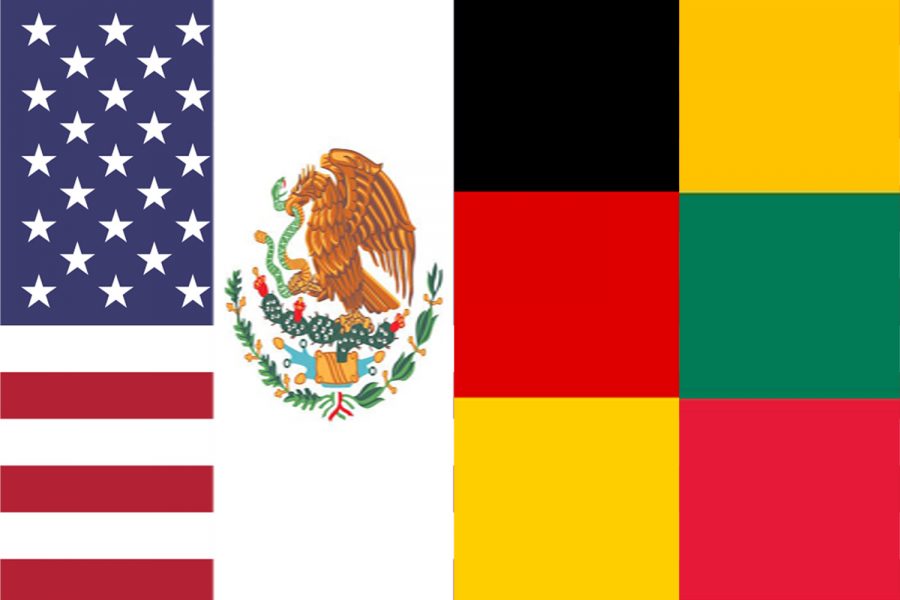When Cultures Commingle
Mixing the different cultures of the world
October 15, 2019
There are thousands of different cultures in the world. When those cultures come together under one roof, the different rules and customs mix to make a unique blend that makes the family’s routine completely their own.
It’s difficult already to learn to deal with both sides of a person’s family and in turn learn to act accordingly. However, when those sides represent two cultures, there could be a need to change a person’s etiquette. Sophomore Kaylee Chataway, a Mexican-American, has firsthand experience with this cross-culture struggle.
“For different holidays, our tradition is to do [what] my dad’s side of the family [does],” Chataway said. “[There are] different traditions and different routines that they do. You cook no matter what holiday it is, such as your birthday. Whereas on my mom’s side, it’s nothing really outrageous.”
Chataway and other people like her have learned to deal with varying family celebrations. Festivities can be unique to specific cultures, and not all cultures observe the same holidays. Nepal has festivals unique to Nepal, as sophomore Asana Pokhrel has experienced. While these traditions may be unfamiliar to some, they are sacred to the culture of others.
“[In Nepal], we have this festival every Sunday, and it’s called Teej,” said Pokhrel, who visited India during the summer. “It’s basically where all the women and the girls are singing and dancing.The people who are already married praise their husbands [in order to have] a longer life and marriage.”
Students with a multicultural background know how important it is to be culturally connected to both the place they live and the place from which they came. Those striving to find balance between cultures often visit the places they are from in order to further educate themselves.
“My entire family lives in Nepal,” Pokhrel said. “I went there this summer for 45 days. It made me appreciate my life more.”
There are problems that arise for those with multicultural connections, especially when experiencing bias towards a culture.
“People from one culture think that they’re better, or that their culture is more superior than mine,” Pokhrel said. “That happens a lot, it happens to my parents quite a bit. It’s never specifically happened to me though.”
Another problem is stereotyping those of a specific culture.
“[People] assume that I know how to clean right because apparently Mexicans know how to clean,” Chataway said. “They’ll assume that I know how to take care of cattle. They’ll assume when I get older I’ll work on roofs and do landscaping.”
Pokhrel said a person’s culture or skin color shouldn’t determine their worth.
“I wish people knew that just because I’m another culture, that doesn’t mean [anyone of a different skin color is] better than me, [and it] doesn’t mean I’m better,” Pokhrel said. “I think [a person’s actions are] what’s most important instead of looking at culture. Everyone is basically the same.”















